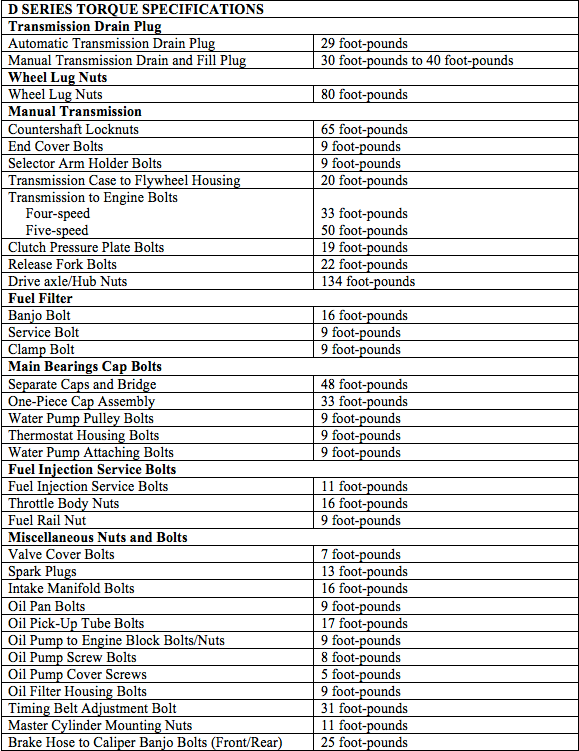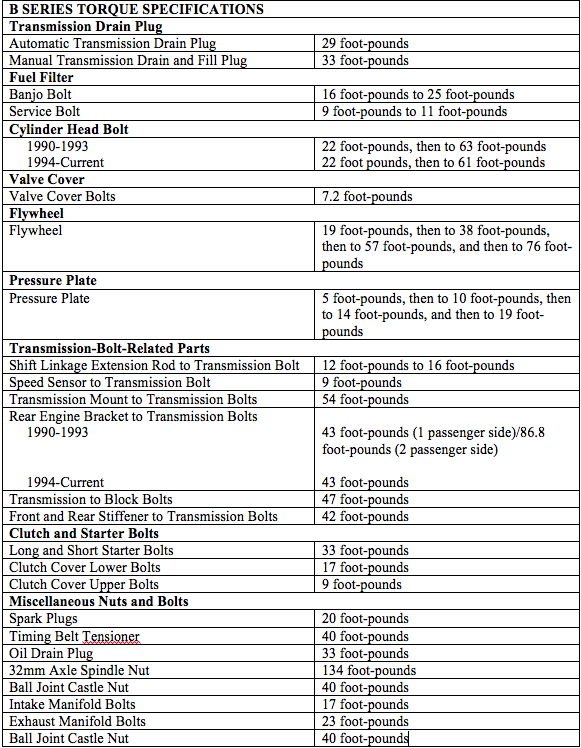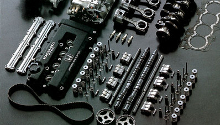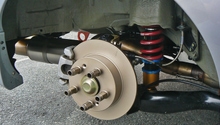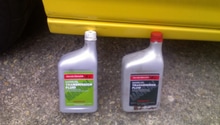Why should I care about torque?
An easy way to do accidental damage is to over torque or under torque bolts and screws. Manufacturers design bolts and screws to "stretch" when they're install. That way, the bolt and screw threads firmly attach to the matching threaded hole or nut. This lowers or outright eliminates the risk that the bolt or screw will work itself loose. For the same reason it's always a good idea to use new bolts when working on the engine.
Does the order in which I tighten bolts or screws matter?
Yes. Manufacturers require specific patterns when tightening bolts and screws in order for parts to be properly seated. The most common example is the criss-cross pattern required when tightening the wheels. Not following the prescribed pattern risks having a wheel with loose lug nuts. Another example is the intake manifold. It can crack if the engine's bolts aren't tightened in the proper pattern. Most owners manuals include information about the order in which to tighten bolts and screws during reassembly.
Do I tighten to the accurate torque spec all at once?
No. You should tighten the bolts or screws in a part to about half of the torque spec first. For example, if the final torque should be 100 foot-pounds, then tighten to 50 foot-pounds first, and then repeat the process until you've tightened to 100 foot-pounds. This is called torque-to-yield, where you tighten a bolt to a certain point and then it further. This stretches the bolt and helps create a long-lasting clamping force. You may want to use a torque angle gauge to make sure you're not over tightening.
Can torque specs vary?
Yes. In fact, several factors affect torque specs. For example, using a dry or oiled bolt affects your torque, as does the brand of bolt and part into which it goes. The part should come with torque specs as should any bolts or screws you buy.
How can I tell if I've over-torqued?
Typically, you can feel it in your torque wrench if you've overtightened or stretched a bolt too far. An overtightened bolt will suddenly takes less effort to turn the bolt. When this happens, the head can often snap off, which means deal with an extremely tight bolt that can't simply be unscrewed. Not only does this increase your repair and reassembly time, but it increases the risk of damaging the car trying to remove the broken bolt.
A good phrase to live by is this, "A torqued bolt isn't always a tight bolt." Meaning, that a correctly torqued bolt doesn't necessarily have to feel as tight as possible.
How can I tell where to reinsert screws and bolts?
- B Series Torque Specifications - Honda-Tech.com
- D Series Torque Specifications - Honda-Tech.com
- Knowing the Bolt-Tightening Torque Specs for Your Car - CarsDirect.com
- Why Properly Torque Bolts - CertifiedMasterTech.com
- Torque Wheel Lug Nuts/Lug Bolts - RoadKillCustoms.com
- Horsepower vs. Torque: Knowing the Difference - CarsDirect.com
- How to Use a Torque Wrench - YouTube.com
- How Many Foot-Pounds of Torque - HondaForums.com

